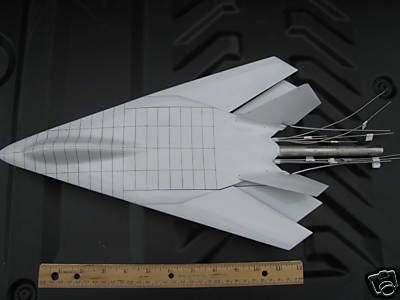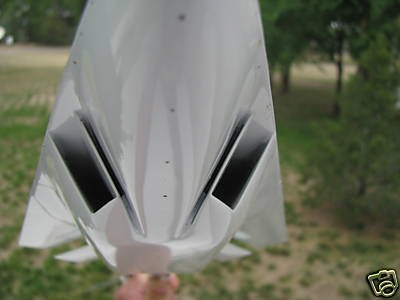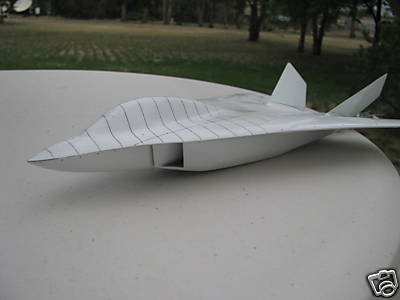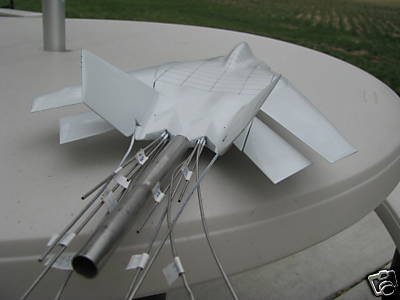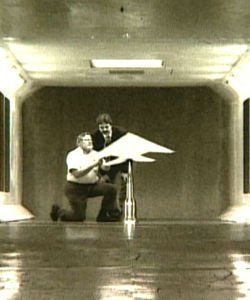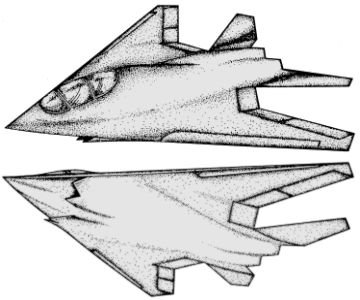F-14D said:
Don't want to go too deeply into this because that will take us off topic, but basically the "light fighter" concept was imposed on the Navy from the outside to begin with. The Navy, with its limited number of carriers (and getting smaller, apparently) is constrained by spotting factor, so you're going to have about the same amount of aircraft aboard whether they're lower capability or not. The F/A-18A/D actually took more deckspace than the strike aircraft it replaced, the A-7, and Super Bug is not a light fighter. Then, of course you get into the situation that whether the lower operating costs offset the lesser capabilities and R&D to get the aircraft into service. Again, another topic for another time.
To give you my thoughts to your question as it relates to AX or A/FX, what I'm saying was that from the perspective of the late '80s, very early '90s, the vision didn't seem to have a plan for replacing the Hornet at all. F-14 and AX (or A/FX) would be doing the work. Remember, Super H. was to be a "bridge" to A/FX.
I see, although wouldn't an air wing with ST-21s and A-Xs (or only A/F-Xs) have seemed a bit unrealistic to the Navy due to the post-Cold War cuts?
Regarding the Super Hornet being a bridge to A/F-X, didn't the first SH prototype fly 2+ years after A/F-X was canceled? I presume by the time they new A/F-X was going to be canceled they were stuck with the choice. Naturally few sources today mention the SH was intended to be an interim aircraft like you said.
Not that I think the Super Hornet is a bad aircraft, it is just somewhat disappointing compared to what we could have had.
Back on topic, once A-X became A/F-X, on which proposals (besides for the Lockheed/Boeing/GD design) did work continue? I doubt the revamped A-12 for example would have been suited to the new requirements.

